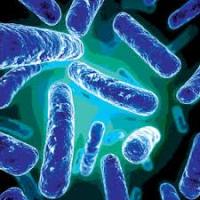The consumers demand for fresh fruits and vegetables has increased in recent years. These foods may be consumed raw or minimally processed, and therefore can be a vehicle of several pathogens. The microorganisms most frequently linked to produce-related outbreaks include bacteria (Salmonella spp.,Listeria monocytogenes, Escherichia coli, and Shigella spp.), viruses and parasites.
There are many traditional technologies to reduce/eliminate the microorganisms present in food products. However, further research on this topic is still required, since none of the methods reported can control all the parameters necessary to achieve produce with an extending shelf-life, without compromising its quality.
In this paper, an analysis of the alternative and traditional methodologies is made, pointing out the significant advantage and limitations of each technique.
Industrial relevance
The significant increase in the incidence of foodborne outbreaks caused by contaminated minimally processed produce in recent years has become of extreme importance. The extensive knowledge of gentle (non-thermal) processes to enhance safety, preservation and shelf-life of these products is crucial for the food industry.
This manuscript presents non-thermal processes that have shown efficient microbial reductions on fresh produce and highlights some of their challenges and limitations.
Keywords
- Minimally processed fruits and vegetables;
- sanitizing methods;
- quality and safety






